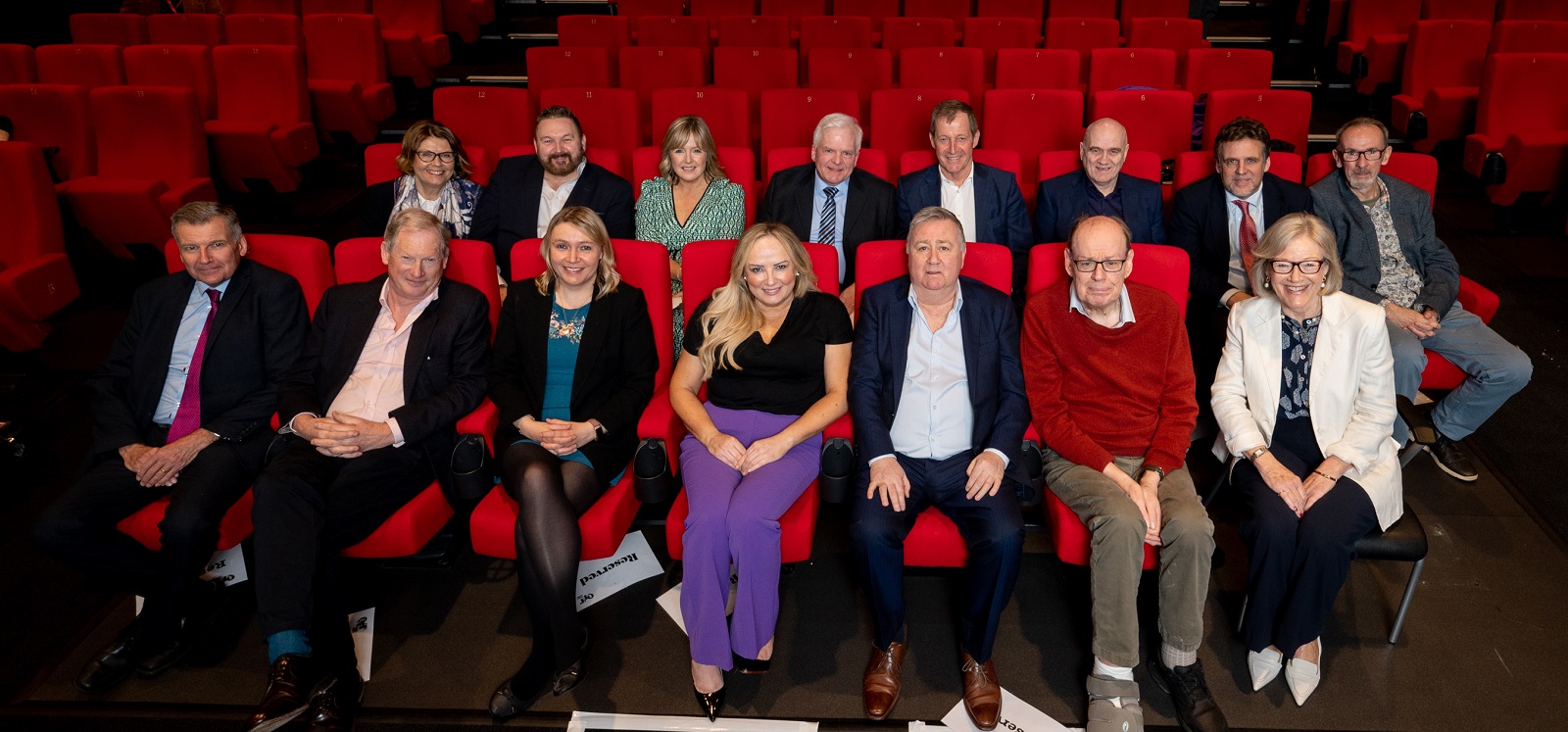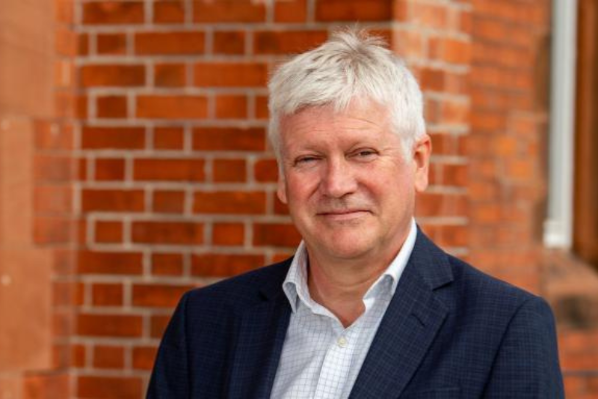BLOG: 'Agreement 25 – Media deserve positive headlines for role in conflict and peace'
“When we started talking about the events for Agreement 25, it struck me that the one group of people who had not been celebrated were those in the media.”

A blog by Eamon Deeny, Interim Director, Strategic Communications, Queen's University Belfast.
It may seem ironic to say it, but the journalism profession gets a bad press.
Some of it is deserved, particularly when you hear about the behaviour of some reporters in the aftermath of a serious incident, or you read the details of the Leveson Inquiry into hacking of phones and harassment of citizens and celebrities.
‘Is there any good news?’ is often the refrain in relation to our daily diet of wars, crime, the threat to the planet and political controversies. And the same questions can relate to journalists.
In relation to the latter, the answer is yes. We had almost 30 years of conflict in this neck of woods and have had 25 years of the peace process. And journalists from here have been on the front line throughout those 55 years and more.
They were always among the first on the scene of the many atrocities – sometimes even the very first. Bringing the news to our screens and newspapers; holding governments, political parties and individual politicians to account. And many of them made a brilliant job of it.
When we started talking about the events for Agreement 25, it struck me that the one group of people who had not been celebrated were those in the media. I am talking about the camera operators, sound technicians, snappers (photographers) and the hacks on the ground. So, the idea was floated to have an event to mark their contribution.
I am going to declare an interest. I trained as a journalist and worked in the profession for five years. I moved over to ‘dark side’, as some might call it, of being a press officer, and have worked for 30 years on this side of the fence. I would still have been a journalist only I suffered from Repetitive Strain Injury caused by excessive typing of news stories at rapid pace. I loved working in the media and the only way I could stay in it was to cross the divide. But I retained a high regard for those in the media profession.
Everyone has life experiences of the conflict. Journalists bookended mine. I was in Derry in August 1969 when the Troubles effectively broke out. There had been major individual incidents before as part of the Civil Rights campaign, but I would argue that this was the starting point.
My Granny had a shop in the city centre in Waterloo Street and she lived alone above it. We had been in Donegal on holidays and had to cut it short as she wanted to be home to protect her property. And we stayed with her as it was too tense to leave her on her own.
So, at eight years old, I watched the Battle of the Bogside, as it became known, rage on the street below. A couple of days in, two men came to the door. A reporter and a photographer. They asked my Granny if they could access her accommodation to get a good vantage point to take photos of the flames and rioting. My first excitement with the media came the following day when the images appeared in a newspaper. My interest was piqued.
At the other end, in July 1997, I was the sole press officer on weekend cover at Stormont on a Saturday morning. Charlie Bird, the legendary RTE reporter who is currently battling the horrific Motor Neurone Disease, called. He asked for the Government’s response to the Provisional IRA calling a ceasefire – it was the second one, the original one of 1994 had broken down.
While there had been talk that it was on the cards, it had come out of the blue that Saturday. I was dealing with the end of the Troubles.
I had to get the Secretary of State Mo Mowlam to return from England and set up a press conference. I tried to contact the Director of Communications to advise and to seek help. It was an hour before he called me back – he’d had a heavy night! I was coping with this huge global story on my own, phones ringing everywhere. I was like the guy trying to keep the plates spinning.
During my working life, I had dealt with the Drumcree dispute, was Peter Robinson’s first press officer in the new Northern Ireland Executive, was on duty the day of the Omagh bomb, which of course happened after GFA. And countless other major events.
But the journalists on the ground were on the front line. They witnessed murders, bombings, shootings, serious riots, dead bodies lying by the roadside. They suffered Post Traumatic Stress, but never reported about their own challenges and the impact on them.
The event we held as part of Agreement25 – ‘Media in Conflict and Peace’ – was cathartic for them. They told their stories, many traumatic, but with good grace and quite often humour, the darkest of black humour on occasions. We had four panels and around 80-100 journalists past and present in the room. These were the good guys of an often (unfairly) demonised profession.
The highlight for me was retired UTV political editor Ken Reid and former BBC Political correspondent Stephen Grimason being present. Stephen had also crossed to ‘the dark side’ and been my boss in the Northern Ireland Executive that followed GFA. He had also been the first journalist in the world to get his hands on the Agreement in 1998, breaking the story live on BBC TV.
Both men have been fighting serious illness, but made a Herculean effort to attend. Ken had rung me on the Friday and said he had been hospitalised and wouldn’t make it. He was gutted. On the Monday morning, he listened to George Mitchell’s speech. He rang me back straight after. He also suffered from leukaemia, same as Senator Mitchell, and said if he could come across the Atlantic to be here at around 90-years-old then he, Ken, could get out of hospital for a couple of hours to attend the media event.
That summed up the real spirit of journalism. Anyone who has an interest in journalism and politics should watch the recording of the event that is now posted on the Queen’s University website. And then tell me whether you think our journalists deserve to be celebrated.
In my view, there is no question: they do. And last Tuesday just reinforced that opinion.
Agreement 25 was one of, if not the, biggest event I have worked on. We secured millions of pounds worth of media coverage across the world. If it wasn’t for the journalists, we couldn’t have told our story.
View the 'Media in Conflict and Peace' event in pictures.
To find out more about the conference, visit the Agreement 25 website.
